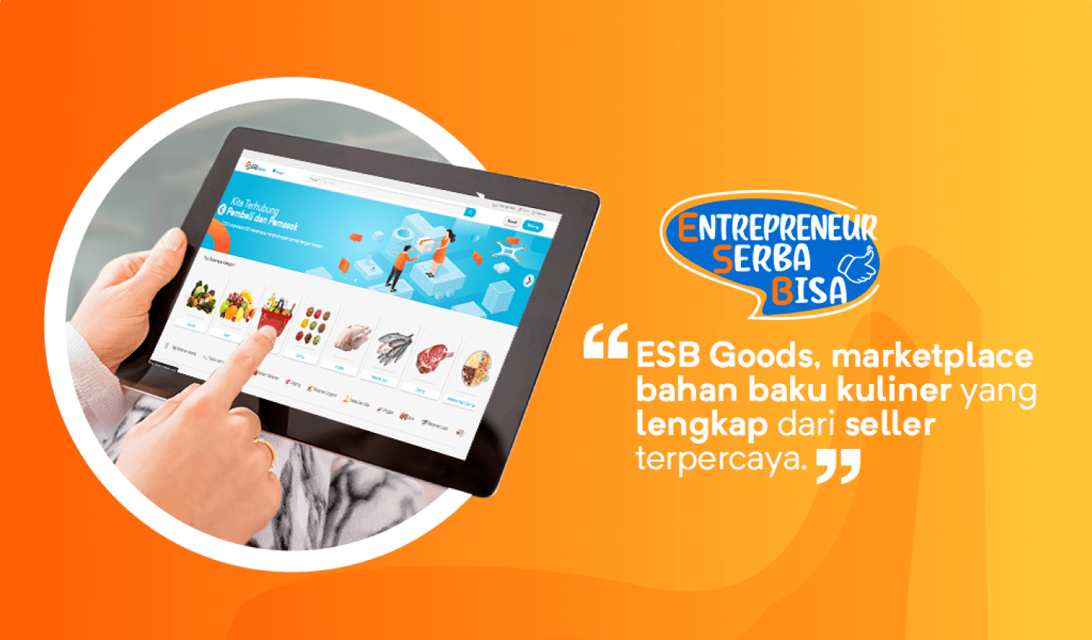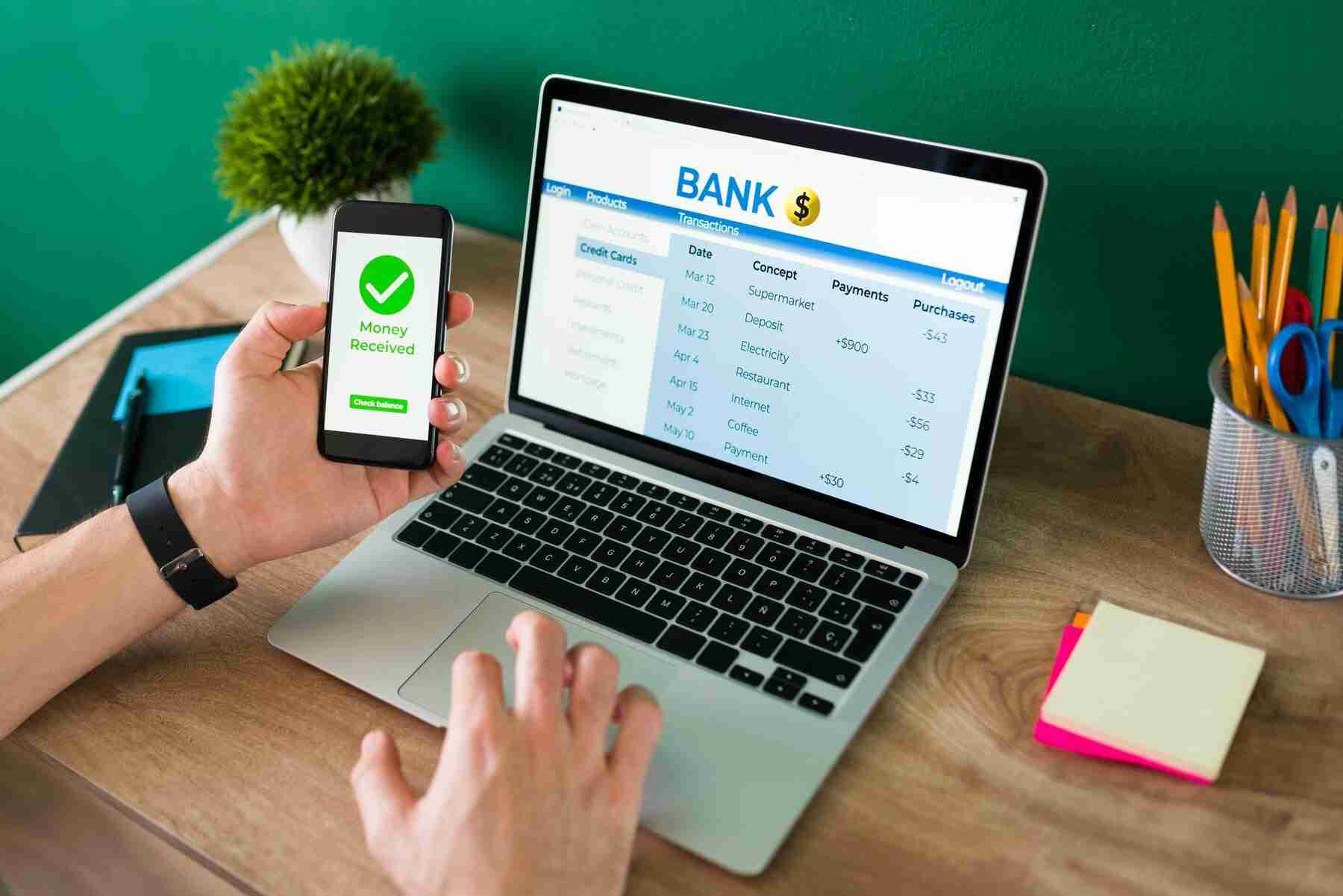 SHARE
SHARE
Sponsorship Strategy: Is It Really Important for Business? Let’s Find Out!
Briantama Afiq Ashari
You’ve probably been to a music concert, sports event, or food festival and seen big brand logos plastered everywhere—on stage, tickets, even social media backdrops.
Well, that’s all thanks to something called sponsorship.
But sponsorship isn’t just about sticking a logo somewhere. Behind it lies a business strategy that can significantly boost branding, marketing, and even sales.
Let’s break down what sponsorship is, its types, benefits, and how to create a winning sponsorship proposal.
What is Sponsorship?
In simple terms, sponsorship is a collaboration between a brand (the sponsor) and an event organizer.
The brand provides support—be it money, products, or services—in exchange for exposure to the target audience.
For example, a beverage brand sponsors a music concert.
Not only will their logo appear, but they might also open a booth, give out free samples, or contribute to the overall event vibe.
This way, the brand feels more relatable and relevant in the eyes of attendees.
Read Also: Important! Pay Attention to These 5 Things When Opening a Restaurant Business
Types of Sponsorship
Source: Freepik
Sponsorships come in many forms. To avoid confusion, let’s explore the most common types used in business strategy:
1. Financial Sponsorship
The brand provides funding to support the event. In return, they get exposure—logos, booths, or shout-outs on social media.
2. Product Sponsorship (In-Kind)
Instead of money, the brand offers its own products or services as support.
Example: a bottled water company supplies all the water for a marathon. Or a fast-food brand provides meals for staff and performers.
This type is great for brands wanting to give audiences a direct experience with their products, building awareness and trust organically.
3. Media Sponsorship
Media brands or platforms help broadcast or promote the event widely—through TV, radio, podcasts, or social media.
Sometimes, brands collaborate with influencers or content creators to spread the hype.
This is ideal for brands looking to gain big reach quickly, especially if the event is viral or the audience is digitally active.
4. Personal Sponsorship
Not all sponsorships are for events. Sometimes, brands directly sponsor individuals—athletes, musicians, public figures, or content creators.
The goal? To associate the brand with that person’s image and audience.
Read Also: Check Out 5 Secrets & Ways to Make Your Restaurant Successful!
Benefits of Sponsorship in Business
Source: Freepik
Sponsorship isn’t just about spending money for a show. When done right, it’s a powerful tool for business growth. Here are the key benefits:
1. Boosts Brand Awareness
One of the instant effects of sponsorship is visibility. Your logo appears on event backdrops, recap videos, and social media feeds.
The more often it’s seen, the more it sticks in people’s minds.
2. Builds Positive Brand Image
If you sponsor positive, meaningful events like charity concerts, small business festivals or sports competitions your brand gets associated with those good vibes.
Audiences will see your brand as caring and community-minded.
3. Genuine Engagement
Unlike digital ads that often get skipped, sponsorship offers real-time engagement with your audience—through interactive booths, games, free samples, or QR code promos.
This direct interaction is far more memorable.
4. Conversion Opportunities
Sponsorship can also drive sales. For example, sponsoring a food event means you can combine branding with direct transactions.
So it’s not just exposure—it can lead to real conversions.
5. Networking Opportunities
You’re not only reaching audiences—you’re meeting fellow sponsors, vendors, and potential partners.
Events are often industry hubs, opening doors for future collaborations.
If you’ve thought event sponsorship wasn’t important, it’s time to rethink. It’s a strategic investment to grow your brand awareness and relevance.
Sponsorship Goals in Business Strategy
Every brand has its own goals. Some aim to expand awareness, others to increase conversions or build long-term relationships.
Sponsorship can help with all of these—if you start with a clear objective.
1. Increase Brand Exposure
The most common goal is to be seen. But not just seen briefly—real exposure.
When your brand shows up at the right events, you’re reaching your actual target audience.
2. Target a Specific Audience
Sponsorship helps you reach niche markets.
For example, if you sell F&B products and sponsor a food festival—you’re spot on. The attendees are highly relevant, meaning higher chances for engagement.
3. Build Consumer Trust
When people see your brand supporting events they love, that’s a form of social validation.
“They support us—they must share our values.”
This builds trust quickly, especially for newer brands.
4. Maintain Business Relationships
Sponsorship is also great for relationship nurturing.
For example, sponsoring an event attended by your clients, vendors, or strategic partners shows you’re serious and invested in long-term collaboration.
Tips for Getting Sponsorships for Your Event
If you’re organizing an event, sponsorships are your lifeline.
But getting one isn’t as simple as inviting a friend to hang out. Here are some tips to help:
1. Create a Clear and Attractive Proposal
Your sponsorship proposal must be tidy, informative, and show why the sponsor should care.
Include clear benefits, audience insights, and supporting data.
2. Research Potential Sponsors
Don’t just send your proposal everywhere. Study the brands you’re targeting.
What are their marketing goals? Do they align with your event?
3. Build Personal Branding on Social Media
Use platforms like Instagram, LinkedIn, TikTok, and X (formerly Twitter) to show your credibility as an event organizer.
4. Send Personalized Emails
Avoid mass email templates. Write personalized introductions and go straight to the point.
Introduce yourself, your event, and the value you can offer.
5. Offer Relevant, Tangible Benefits
Show sponsors what they’ll really get—like logo placement, an exclusive booth, or access to participant data.
Why Should Brands Have a Sponsorship Strategy?
Brands that understand sponsorship strategy gain a major edge. Why? Because sponsorship can be an effective promotional channel that doesn’t feel like a hard sell.
When people enjoy an event, they’re more receptive to brand messages that support it.
Sponsorship also creates emotional experiences for audiences—which builds loyalty.
Example of a Successful Sponsorship Strategy
One standout example is the partnership between GoPay and We The Fest 2022.
GoPay wasn’t just a passive sponsor—they created exciting experiences, like top-up points redeemable for merchandise, cashless promos, and viral photobooths.
The result? GoPay boosted new user numbers and strengthened its image as a modern digital wallet.
This proves that with the right sponsorship strategy, you can generate real impact.
Conclusion
Now you know that sponsorship is a powerful business strategy that helps your brand grow, get noticed, and build trust.
But remember—strategy needs structure.
If you’re in the F&B or retail industry, make sure you also have tools that support your operations alongside your marketing efforts—including sponsorship.
To make your business stronger from front to back, try digital solutions from ESB, which have already helped thousands of brands grow—like ESB POSLite, ESB POS, and ESB Order.
Ready to get started? Contact the ESB Team!
 SHARE
SHARE




